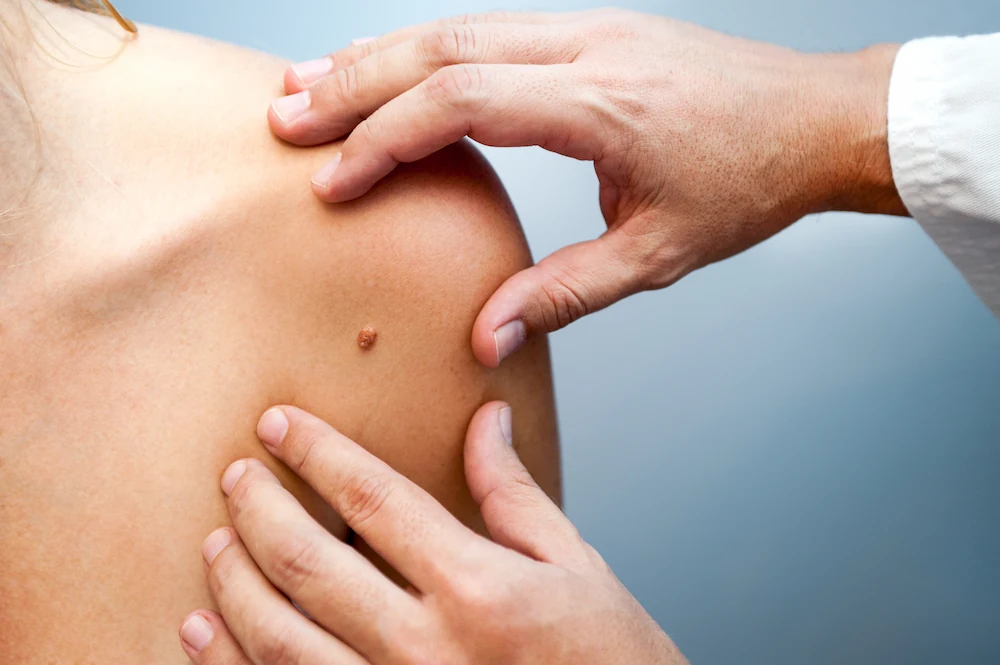Posted on:
Who’s at Risk for Skin Cancer?

Skin cancer is the most common type of cancer with 20% of Americans being diagnosed with it by the time they are 70 years old. Knowing who is most at risk and what signs to look for are important for early detection and better treatment options.
At Plateroti Dermatology in Templeton, California, Dr. Carmelo Plateroti and our top-notch team provide state-of-the-art care for health issues like skin cancer as well as aesthetic concerns. By combining Western medicine with holistic practices, we take an integrative philosophical approach to all our treatments for the most effective outcome.
Skin cancer
Skin cancer is the result of the abnormal growth of skin cells and comes in three main types — basal cell carcinoma, squamous cell carcinoma, and melanoma. Most often it occurs on areas that are exposed to the sun, but it can appear in other places as well like the palms and under the fingernails and toenails.
Risk factors
Though anyone can develop skin cancer, certain characteristics and behaviors can make the odds more likely.
Genetics
Having blue or green eyes, blond or red hair, and skin that is lighter in color increase an individual’s likelihood of getting skin cancer. In addition, having skin that freckles, reddens, burns, or becomes painful after too much sun is also a risk factor. Having a personal or family history of skin cancer along with many or specific kinds of moles can also increase a person’s chances.
Age
As people get older, their odds of being diagnosed with skin cancer increase.
UV ray exposure
The more exposure to ultraviolet rays a person has, the greater their likelihood of a skin cancer diagnosis.
The sun is one common source of UV radiation. Approximately nine out of 10 nonmelanoma skin cancers are linked with sun exposure while the risk for melanoma is doubled in people who have had five or more sunburns.
Tanning beds are another culprit of harmful UV rays. Even just one tanning bed experience before the age of 35 can increase the risk of melanoma by 75%.
Diagnosis and treatment
Catching skin cancer early can help ensure the best possible outcome. People should check their skin each month and be on the lookout for new moles or changes to existing moles. This could include anything from a mole that has grown to it having a new color or shape. Moles that are asymmetrical are also suspicious.
If you find a mole or other blemish on your skin that is new, different, or appears unusual, it’s important to get it examined. To make an appointment, click our request button today, or call us at 805-434-2821.